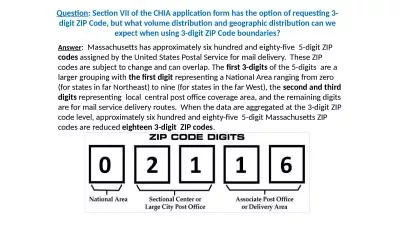PPT-Zip L ine Physics A Challenge Based Design Unit
Author : aaron | Published Date : 2019-12-08
Zip L ine Physics A Challenge Based Design Unit Curt Blimline Williamsburg High Schoo l CEEMS is funded by the National Science Foundation grant 1102990 Big Idea
Presentation Embed Code
Download Presentation
Download Presentation The PPT/PDF document "Zip L ine Physics A Challenge Based Des..." is the property of its rightful owner. Permission is granted to download and print the materials on this website for personal, non-commercial use only, and to display it on your personal computer provided you do not modify the materials and that you retain all copyright notices contained in the materials. By downloading content from our website, you accept the terms of this agreement.
Zip L ine Physics A Challenge Based Design Unit: Transcript
Download Rules Of Document
"Zip L ine Physics A Challenge Based Design Unit"The content belongs to its owner. You may download and print it for personal use, without modification, and keep all copyright notices. By downloading, you agree to these terms.
Related Documents














